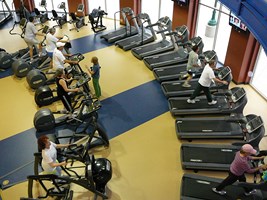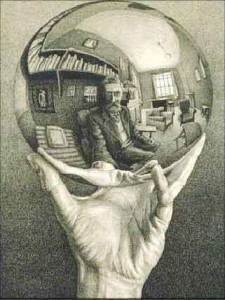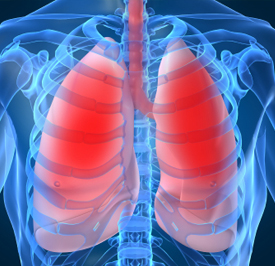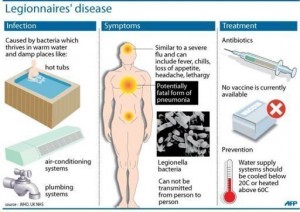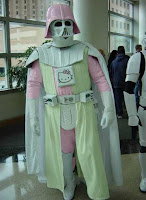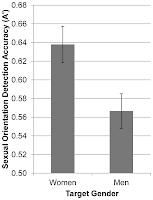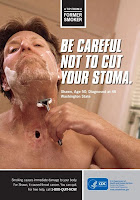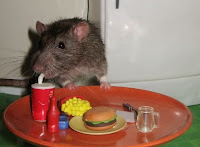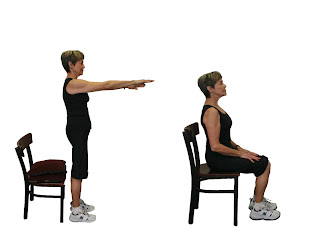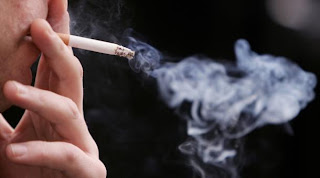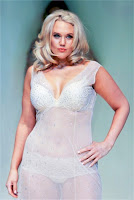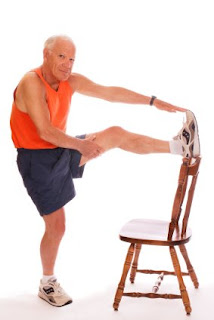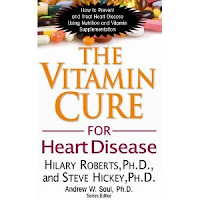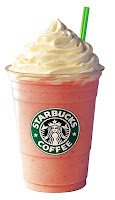I read and write about health every day. It’s my love. And I never stop thinking about the marvels of the human body. My research takes me into every conceivable subject revolving around health, which basically means everything. I see health all around me at all times, and I see the entire universe in the world of health. But my basic message regarding health is always the same: Health is a natural state inherent in all of us; it is directly related to the choices we make, and to our lifestyles. Our relationship to our health is as much a state of mind as a state of being; and how we think about health shapes our very expression of it.
What is Health?
What does health mean to you? Is it something grand, like a feeling of omnipotence? Does it look like, feel like or allow you to do something in particular? How do you define it? I think defining what health means to you is an important first-step in mastering your health and well being. It’s knowing the what’s and the why’s of attaining and maintaining great health that will take you the farthest.
I’ve posed the question to hundreds of people—what is health? I love the variety of responses that comes pouring out, but the answer is much simpler than most people realize: Health is the body doing what it was meant to. That’s it—nothing grander. It’s not super-humanness, or godliness or even better-than-averageness—it’s simply a properly-functioning body. That means the kidneys do what they are supposed to (eliminate wastes), the liver does what it’s supposed to (detoxify and aid digestion), and the nervous system functions the way it’s supposed to—in perfection. Now that’s health!
It’s not so much different from that of a car, even though we are not machines. We are instead moving, breathing, organic life-forms, yet the exact same principles apply to both: if you take care of your car, it will function beautifully—it will run well, burn fuel efficiently and look good in the process. But neglect it, and…well, you know what happens when you don’t change the oil…
How should you measure health, then?
I guess that comes down to what you want. Very few strive for health simply for health’s sake—many, instead, use their health as a means to an end. Whatever you decide is the why that drives you toward great health, it can be used as inspiration to push you toward the what—your health goals. Why’s can encompass anything from improved performance at a sport, to the desire to play with, or simply keep up with, your children. The why’s will be important only to the individual—no right or wrong exists.
I will say that ‘the why’ I seem to observe the most is the desire to look “hot.” Nothing wrong with that—I just find that very few people remain driven by this motivator alone. The reason is two-fold: First, not everyone really values their looks as much as they say they do. What I mean is that people who value their physical appearance more than anything else will usually make sacrifices and endure hardships—like giving up foods, bypassing snacking or even restricting partying—to maintain a certain look. Generally, nobody has to motivate these people to exercise. They don’t have to think too hard about it, because their sights are set on the prize—they value their looks above all else.
The second reason is that everybody values something, and people will always gravitate (over time) toward the things they value the most. So if they value business, they’ll eventually focus their efforts on business. If they value family, then they’ll focus there. Be it art, music, sports, cars or anything else, people are driven by what they love and value. For most people, their dominant values end up overriding their drive to look hot.
A better strategy then, when determining the why’s to achieving great health, is to see how caring for your health will allow you to partake in, achieve or excel at your most dominant values—the things that you love. If you love business, then see how being in your best physical health will support you in your work. If you love entertaining, then how can your health make you a better performer, hostess or socialite? How can your health help you earn more money or care for your family? By making these connections to your values, I am certain that you will seek and choose health to help you fulfill whatever tops your list.
Understand…the why’s have to be big enough. As things change, and this includes your health, you will need big why’s to keep you going. If you say you want to be “hot,” but just can’t give up that Saturday night six-pack…or those late-night cookies…or that gym laziness, you probably don’t want it as badly as you think. That’s okay—just see how your health can help you achieve the things that you would sacrifice for, and make sure that attending to your health is a part of that sacrifice. Great health will get you where you want to go most effectively, and you’ll also look good in the process.


